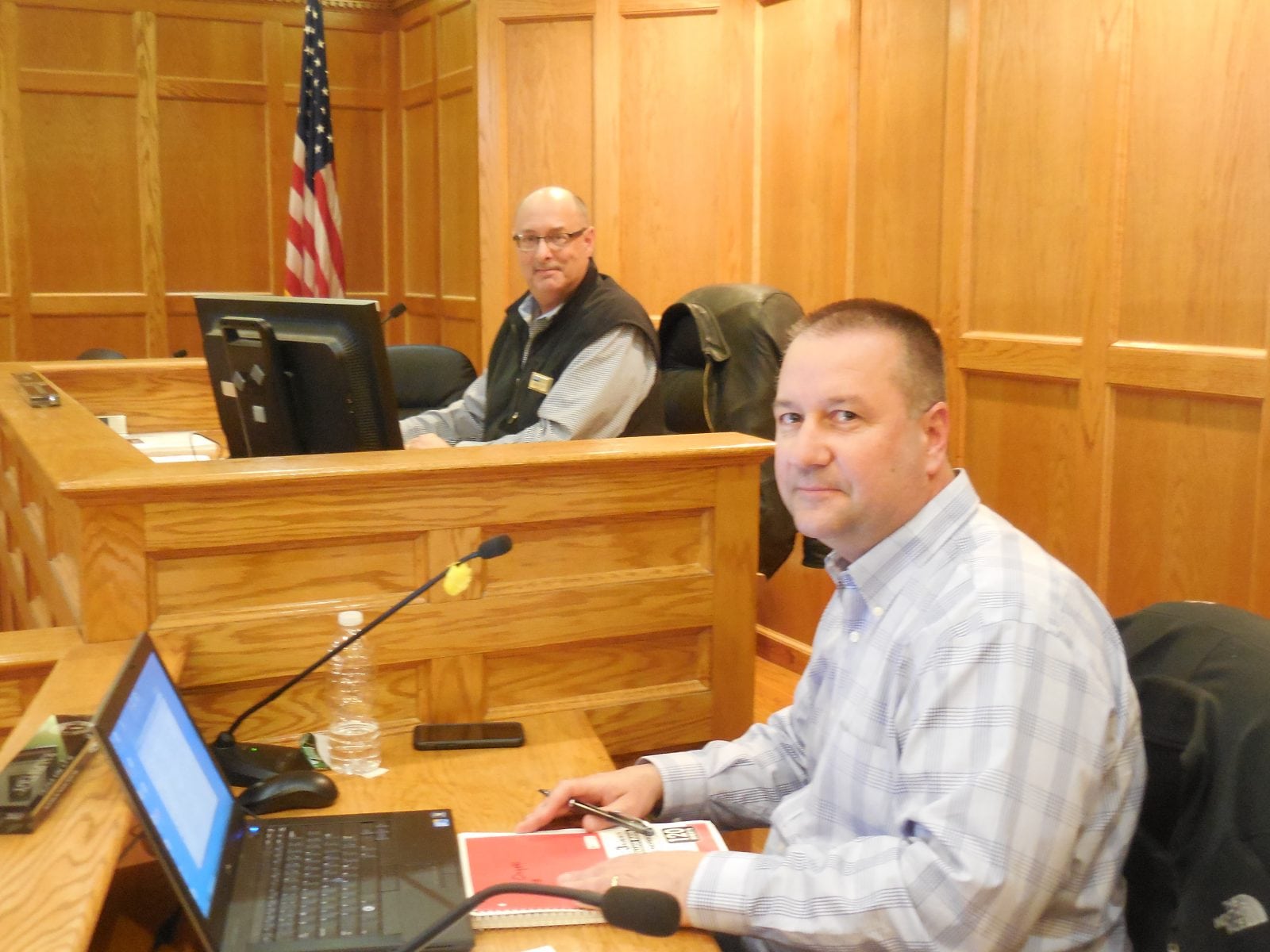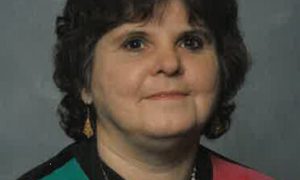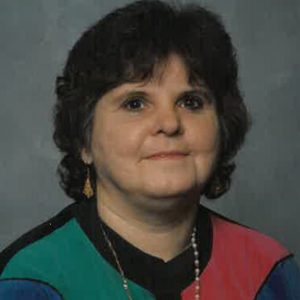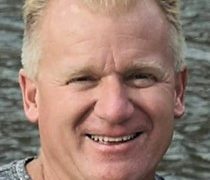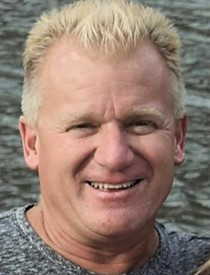
Councilors Ralph J. Figy and William Onyski at the L&O Committee Tuesday.
WESTFIELD – More questions on the $13 million bond for water filtration were asked and answered by Mayor Brian P. Sullivan and his staff in the Law, Water, Treasurer and Purchasing departments at Tuesday’s Legislative and Ordinance Committee.
Chair Ralph J. Figy and Ward 6 Councilor William J. Onyski thanked everyone for coming, and opened the meeting to public participation. L&O member Nicholas J. Morganelli, Jr. was not present.
At-large Councilor Matthew Emmershy came forward to say that he had a sent a list of 30 questions to Figy on Monday evening, that he hoped would be answered. Figy responded they had until 7 p.m., when the Planning Board would start. “I don’t want it to be said that I cut off, shut off, or people were not allowed to ask questions,” he said.
Emmershy added that he had found the perfect spot on Holyoke Road to put a temporary filter on Well 1, and the homeowner had agreed.
Ward 3 Councilor Andrew K. Surprise also came forward during public participation, and thanked Figy for inviting them to come. He said his two main questions were concerning the CERCLA, or Superfund process with the National Guard bureau, and why the city has not taken steps until now to install temporary filtration on Wells 1 and 2.
Former Ward 3 Councilor Brian Hoose also came forward to speak. He said as he walks around town, people still approach him with questions, telling him that the water issue is more important than money for the roads. “My concern is, if we’re not trying to get Guard money, the city will end up paying for it,” Hoose said. He said he was also concerned that what is being said publicly about the water issues will save the case for 3M versus the city.
Figy invited treasurer Megan Kane to answer questions about the funding for both bonds.
Kane said that to date only $950,000 has been borrowed from the original $5 million bond request. She also said the $13 million bond allowed the city to borrow up to that amount.
Purchasing director Tammy Tefft said the projected costs given to the City Council for the bonds were their “best guess,” adding that they wouldn’t have firm numbers until everything was fully engineered and out to bid. “Based on estimates I’ve seen from engineers, they’re looking pretty good,” Tefft said about the numbers.
Figy also asked City Solicitor Susan C. Phillips to answer more questions. Going down the list, Phillips said that the city is not pursuing private claims. As to how they reached the total figure of $46.8 million in the suit against the Department of Defense mentioned in the Special City Council meeting, Phillips said she was not going to discuss that in a public meeting, but that it would come out during the lawsuit.
Phillips said the city has sued 3M, one of the companies that manufactured the firefighting foam said to be responsible for the contamination of the wells, and has served notice to the DOD in a federal tort claim, to which the government has six months to respond. She said if they don’t respond, the city will sue them in federal court.
As to the CERCLA process, Phillips said she did speak with Attorney Randy Chambers of the Air National Guard, who told her that he works for the ANG, and the federal claim would not go to him, but to the Air Force.
She said the CERCLA process is followed by the DOD where there has been a release of CERCLA contaminants. However, the chemicals in the city water are not on the CERCLA list. Phillips said that Chambers told her that just because the DOD has funds to mitigate, it doesn’t mean they will.
Regarding cooperative agreements, she said according to Chambers, the ANG is not allowed to make them, which is being challenged in court.
Phillips added that members of Senator Elizabeth Warren’s office have been to Westfield to speak with them. They asked the city to show them similar cases of city-owned bases that had received relief. “Are we optimistic that at some point they’ll sit at the table and talk to us? Yes,” Phillips said.
Phillips said the city has to wait until the Environmental Protection Agency (EPA) decides they’re going to classify the chemicals as dangerous pollutants. “Right now, there’s a sentiment that the EPA is cutting back on regulations rather than adding regulations. The federal government is saying that it is not a hazardous substance yet,” she said, adding that she thinks if they do, they will be facing a huge liability nationwide.
DPW Assistant Director Fran Cain and Systems Engineer Heather Miller were also called on by Figy to answer more questions. “It’s been stated that we haven’t looked into alternative water sites. A decade ago, we did an extensive study,” Miller said. She said they found one potential location for a well with a 500,000 gallon capacity which was on conservation land, and would not do anything to add redundancy to the system. “There aren’t any reasonable well sites,” Miller said.
Miller also said a new well would put the city under the Department of Environmental Protection’s Water Management Act, which would take away local oversight, and cause the city to be put under state restrictions during drought periods of 58 gallons per person per day. Miller said the city uses on average 81 gallons per day per person. “If we were to bring any new source online, it would trigger the Water Management Protection Act,” Miller said.
“How many times were we limited to one well (on the north side), historically,” asked Onyski. Miller said she was not aware of a time the city was in this type of restriction.
Figy asked what the life expectancy is of a filtration plant. Miller said wells are redeveloped when they start to see a reduction in capacity. “Chemically is one way. We flush water back into it, and chemically treat it,” said Cain.
Miller also invited anyone who wants to go through the water system to contact the DPW. She said the reason for the delay in the temporary filtration, was the addition of more contaminants to the DEP list, which required changing the bench scale testing system.
“We have four good high yield wells on the north side of the city. It’s the water flowing through it,” Miller said, “that is causing the problem.”
Cain also added that there is a Well 9A site in Shaker Farms that was determined not to be viable.
Mayor Brian P. Sullivan said the city’s focus is about cleaning the water, in the quickest, most economical way. He said the temporary filtration was not put in sooner, because the “game changed” when the DEP added more chemicals to the list.
He said the city doesn’t need a temporary solution for Wells 1 and 2 as long as there is temporary filtration on Wells 7 and 8, and a permanent facility can be installed on Wells 1 and 2.
“I urge you to pass the bond, and get the water on the north side clean,” Mayor Sullivan said. Onyski made a motion to move the $13 million bond to the City Council, which passed affirmatively. The bond will go to a first reading this Thursday, April 5, at the City Council meeting.

